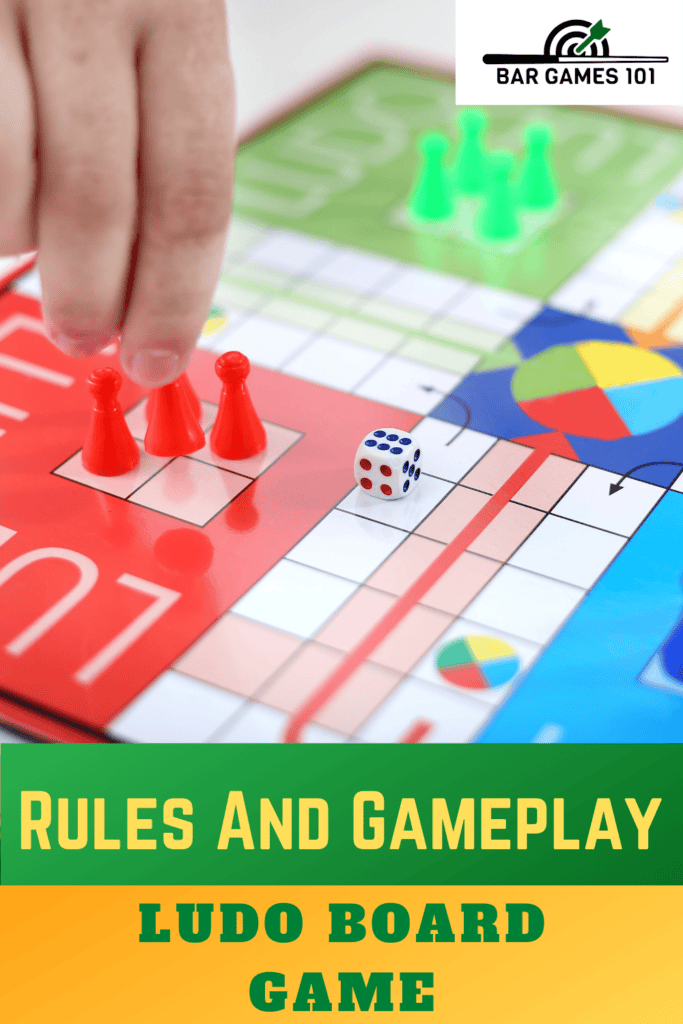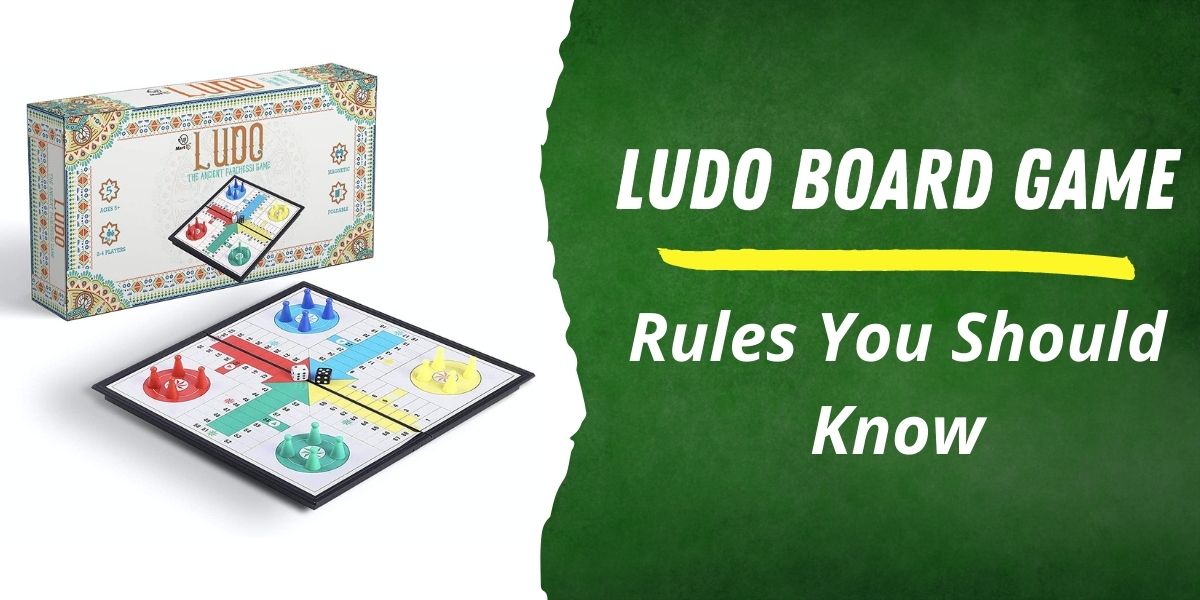Ludo is up there with Monopoly when it comes to name recognition! This classic family board game is known as a cross and circle game. This means players are effectively in a race against each other to traverse the board.
But Ludo also has some strategy board game element to it as well. Suitable for 2 to 4 players, Ludo is ideal for anyone’s board game night. But before we take a look at the Ludo rules, you need to know, let’s take a closer look at what the game is all about.
What is Ludo?
Like many cross and circle board games, Ludo was based on the ancient Indian game of Pachisi. Pachisi was created in the 6th century, and Ludo shares many similarities with it. However, Ludo is much simpler and easier to play.
Ludo was derived in the late 1890s when Pachisi was modified to make the game more appealing to the English public. Over the world, there are many different versions of Ludo. Some have the same gameplay, while others offer slight twists on the formula.
Hasbro, for example, has various Ludo-like games under their branding. So, it’s highly likely you may have played a similar game to Ludo in the past. Parcheesi for example is a very popular alternative. In Ludo, the aim of the game is simple, each of the 2 to 4 players has four colored tokens. You need to race your tokens around the board in a clockwise manner.
Your aim is to get your tokens to your designated home space first. Sounds simple enough, right? Well, there is more to Ludo than just rolling the dice and moving around the board. We’ll talk more about the rules below but first, let’s take a look at what you’ll need if you want to play Ludo.
What You’ll Need To Play
To play Ludo, you’ll need a game board. Ludo is wildly available in many countries, so finding a game board shouldn’t be overly difficult. You can also find many different Ludo game boards online, like this magnetic Ludo game from KingMade.
Wooden sets are quite popular like this Yellow Mountain Ludo game set. These can be a great option for children or family games because the pieces are usually much bigger and easier to move.
Now Ludo isn’t like Clue with many different pieces of equipment. However, there are a few different pieces included inside the box. Before we take a look at the rules and gameplay, we’ve listed what equipment is included with your standard Ludo set.
Ludo Game Board
The classic Ludo game board is quite colorful! It will usually feature green, blue, red, and yellow, with each color taking up a quarter of the board. They’ll also be colored paths that lead to a matching colored home space.
This is sometimes called the home triangle because of its shape. When the game starts, your pieces move from the home square in the corner and follow a clockwise path around the board. Eventually, you’ll make it to your matching colored path that leads to the home space.
Ludo Tokens
Each player will have four matching colored Ludo tokens. At the start of the game, each token will be placed in its designated home space. Most Ludo boards will have four open spaces, one for each token. The colors can vary but they’ll match the home squares you’ll find on the board.
The Dice
There’s not much to say about the dice, as I’m sure everyone knows how they work already. Ludo is normally only played with a single die, although some versions of the game do use two. If you roll doubles, then you don’t move again like in most board games.
Ludo Rules and Gameplay

The Aim of The Game
The aim of Ludo is quite simple; players need to get all of their tokens to the home space first. So, you are essentially racing against each other to be the first to traverse the board. However, the gameplay isn’t as simple as just rolling the dice and moving your tokens.
There is a lot more to playing Ludo than just rolling dice. Player’s can also capture other player’s tokens, and movement may not always be possible. So, let’s take a deep dive into the rules and gameplay. We’ll start by looking at how you set up a game of Ludo.
The Set-Up
To start with, every player should choose a token color. There is no advantage or disadvantage with any of the colors, so people are free to choose their favorite. Once you have selected a color, you should place your four tokens in their home square in the corner of the board.
Then every player should roll the dice, and the highest roller will go first. If two players get the same number, they should reroll till someone gets the highest number. Play will continue in a clockwise motion from then on.
The Play
Now before you can move a token, you will need to roll a six. If you don’t roll a six, then the play will instantly move to the next player. If a player already has one token out and rolls a six again, they can choose whether to take another token out of their home space or move their other token to six spaces.
If you land on the same square as another player’s token at the end of your roll, you can capture it. This means that your opponent’s token is sent right back to its home square. Your opponent will then need to roll a six again to bring it back onto the board.
If two of your pieces land on the same square during the game, they join together to form a block. If an opponent’s piece lands on the same square as a block, then that piece will be sent back to its home square.
Strategic play in Ludo is all about setting up blocks and capturing other player’s pieces. Although, of course, this will require some luck to set up when it comes to your dice rolls. To win Ludo, you must traverse all your tokens around the board in a clockwise motion.
At the end of your path, they’ll be a matching colored path that leads to your home space. Only tokens of the corresponding color can go down the end path to the home space. Under traditional Ludo rules, you need to roll the exact number required to get into the home space.
House Rules
Just like the famous board game Monopoly Ludo does have a lot of potential for house rules. Some potential house rules to try are adding a second dice or having the ability to split your movement.
This means that any numbered roll (greater than 1) can be split amongst your tokens if you have more than one token on the board. For example, if you roll a six, you could move two tokens three spaces each.
This adds an extra layer of strategy to the game and makes it more complicated and challenging. We don’t recommend house rules for beginners, but they can make fun addons for later playthroughs.
Ludo – A Fun Family Board Game
So, that’s everything you need to know about Ludo. This classic family board game is a lot of fun and easy to play. However, even though the rules are pretty simple, there is still room for more strategic play. If you’re looking for a new board game to add to your next game night, why not give Ludo a try?



